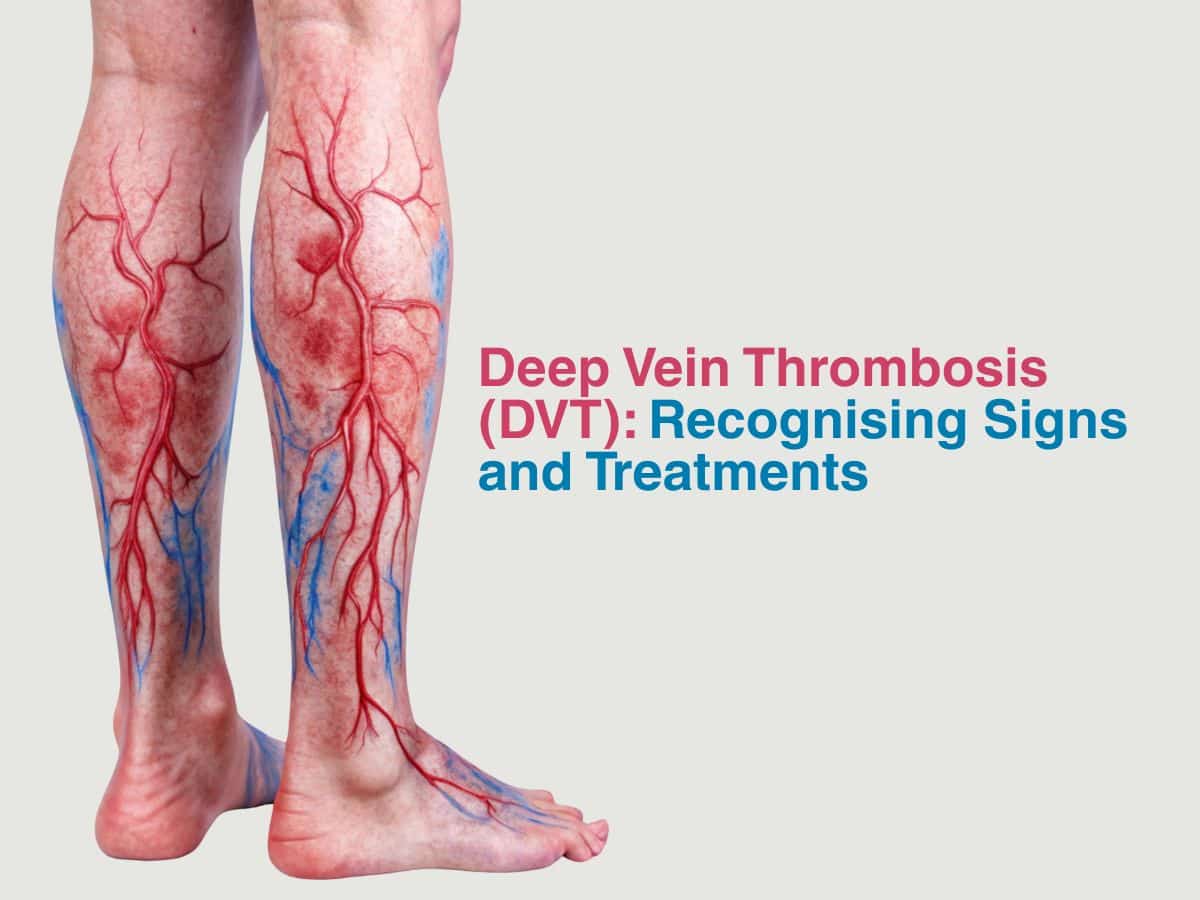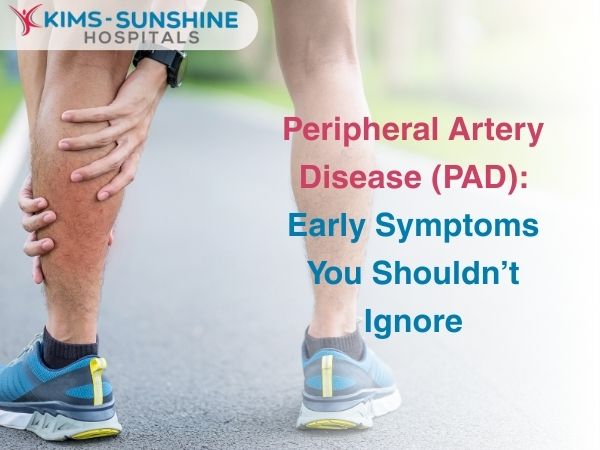
Deep Vein Thrombosis (DVT): Recognising Signs and Treatments
 Deep vein thrombosis is a condition that affects millions of individuals worldwide. The incidence is pretty high in the Indian subcontinent too, with some studies saying it may be at 7% while others may be at 19% for every 10000 people getting admitted in the hospital. Deep vein thrombosis, as the name suggests, happens when a blood clot or thrombus forms in the veins located deep within the leg or pelvis. Then, the clot may dislodge and go elsewhere in the bloodstream. If it reaches the lungs, it can become fatal quickly.
Deep vein thrombosis is a condition that affects millions of individuals worldwide. The incidence is pretty high in the Indian subcontinent too, with some studies saying it may be at 7% while others may be at 19% for every 10000 people getting admitted in the hospital. Deep vein thrombosis, as the name suggests, happens when a blood clot or thrombus forms in the veins located deep within the leg or pelvis. Then, the clot may dislodge and go elsewhere in the bloodstream. If it reaches the lungs, it can become fatal quickly.
Early Warning Signs Of Deep Vein Thrombosis-
Some signs to look out for include-
- If your leg begins to swell
- If you notice pain or cramping below the calf
- If there is a major change in skin colour- like red or purple
- If the affected leg feels warmer than usual for some reason
One of the main reasons why DVT is dangerous is because the symptoms are not that noticeable.
Risk Factors For Developing Deep Vein Thrombosis-
Some well known risk factors include-
- Having clotting disorders
- Undergoing chemotherapy
- Not being able to move freely because of injury
- Being pregnant or if you have recently delivered a baby
- If you are overweight or obese
- If you have varicose veins
- If you suffer from any autoimmune disorder
- If you use birth control pills
- If you have had a pacemaker inserted.
Best Treatment Options For Deep Vein Thrombosis-
The treatment approaches used for DVT include-
- Preventing the formation of a clot.
- If the clot has already formed, then preventing it from getting bigger or dislodging and moving to the lungs
- Try to reduce the risk of venous insufficiency in the long term
Hence, you may be prescribed anticoagulants, compression stockings or you may be recommended surgery. An inferior vena cava (IVC) filter can be inserted into the blood vessel, to prevent any clots from causing a pulmonary embolism. But, the filter cannot prevent the formation of clots themselves. So, taking proper medication can be a necessary additional step to stay safe.
What Happens If DVT Is Left Untreated-
If DVT is not addressed in time, then the clot can move to your lungs and prevent normal blood flow from occurring, which can be fatal for many organs- especially the brain and the heart. Since DVT symptoms are subtle and not well known, it may be hard for timely diagnosis to occur. Once the clot has formed, it will take many months to break down. The clot can get smaller only if you take blood thinners regularly. So, don’t miss medication.
Conclusion
Deep vein thrombosis may seem like a benign condition that affects people when they fly for too long or if they sit at one spot for hours together. But, it is not. It is a major cause of pulmonary embolism, chronic vein insufficiency and the risk of DVT is much higher in people who have already suffered from a stroke. Making sustainable lifestyle changes is one of the more sure ways you can get better. You should always remember to exercise the calf muscles often, when you are sitting at work for hours at a time. Eating well, getting enough exercise to maintain your body weight and taking medications without any breaks can greatly help you. Medications can be changed if you have issues like excessive bleeding or heavier than usual periods or if you bruise way too easily, when compared to before.






